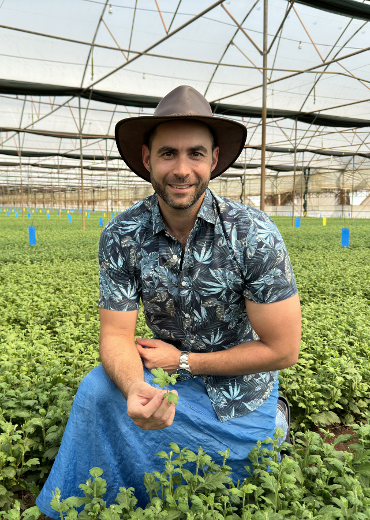Our Integrated Pest Management (IPM) practices boost crop protection & prioritize environmental stewardship and community welfare.

Our farm in Uganda is a leader in implementing Integrated Pest Management (IPM), working towards fundamentally improving crop protection strategies and setting new standards for environmental stewardship.
Careful environmental monitoring
Our approach to IPM integrates environmental, biological, and chemical practices to control insects. We carefully consider natural habitats, utilizing biological organisms like predatory mites and selective pesticide use. Moreover, our employees are crucial in scouting greenhouses for pests and diseases, ensuring compliance with certification standards through careful monitoring.
Below: we use biological organisms, these are natural predators which combat pests - Photo: Koppert

Greencare — Our phytosanitation policy
Prevention is our top priority, and we do so through our Greencare protocols, which include stringent entry measures, dedicated tools for each variety bed, and thorough disinfection to minimize pest and disease spread. These protocols highlight our commitment to environmental sustainability.
Positively impacting birdlife and fish populations
Our IPM system has benefits beyond crop protection, positively impacting local ecosystems. Such measures contribute to environmental conservation and community welfare by safeguarding birdlife and fish populations.